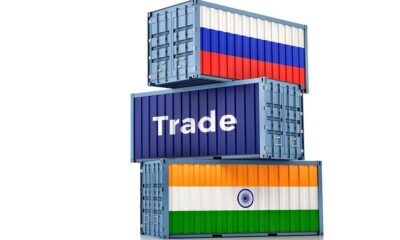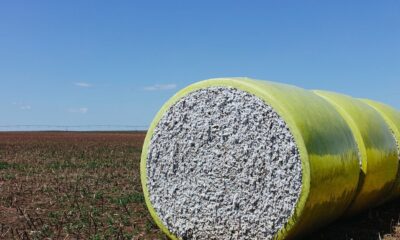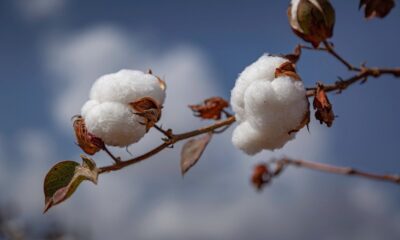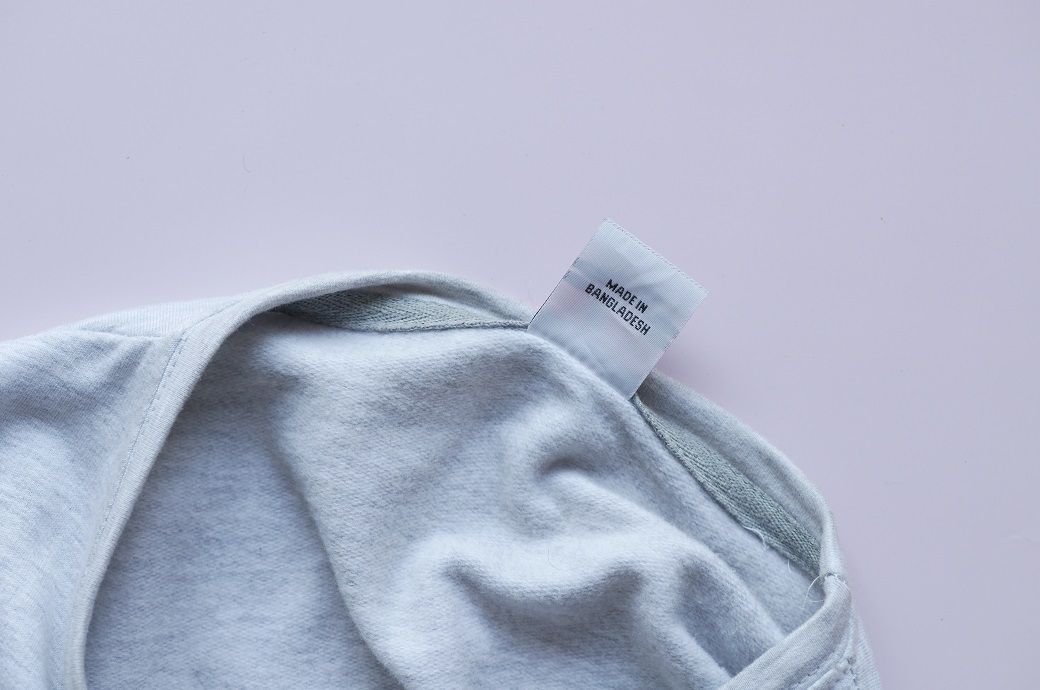Fashion
Indian textile hubs under strain due to tariffs, await job loss: GTRI
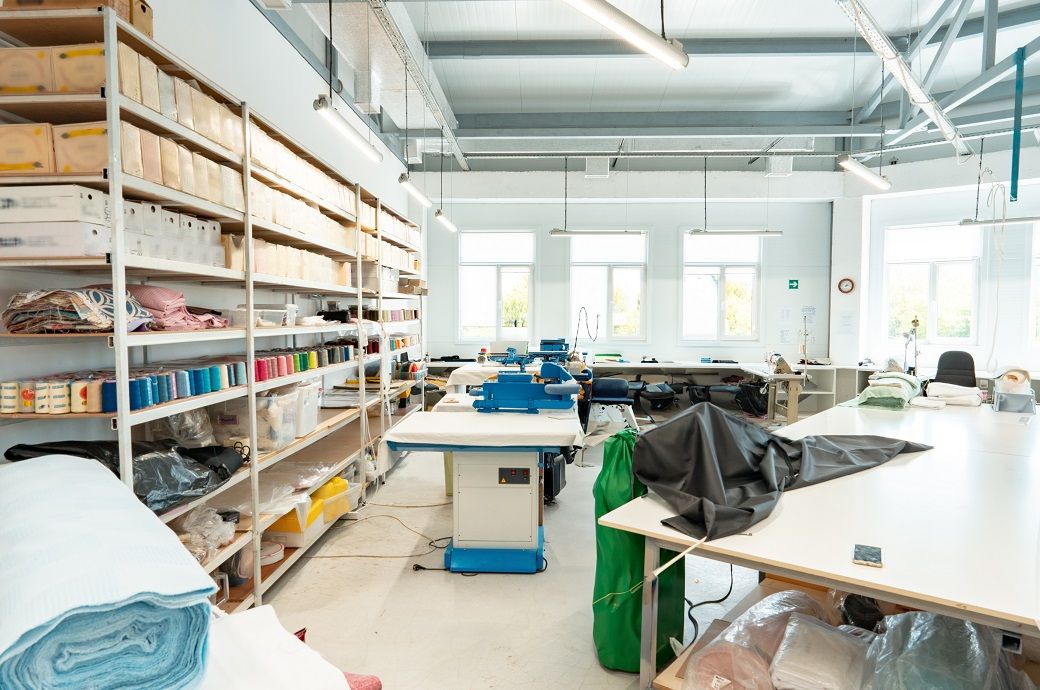
Indian goods worth $60.2 billion started facing 50 per cent US duties from August 27. Thirty per cent of US-bound exports remain duty-free. Pharmaceuticals, active pharmaceutical ingredients (APIs), electronics lead $27.6 billion worth duty-free exports.
India’s competitors are poised to gain and will replace India in key sectors. The country’s gross domestic product (GDP) growth could drop from 6.5 per cent to 5.6 per cent, but 20 per cent export-to-GDP ratio provides cushion, the report noted.
US tariffs will hit 66 per cent of India’s exports worth $86.5 billion, with textile-apparel, carpets, handicraft, leather and the gems sectors are at risk, according to think tank Global Trade Research Initiative.
Labour-intensive sectors are bracing for 70 per cent export collapse.
Textile hubs like Tiruppur, Noida-Gurugram, Ludhiana, Jaipur and Bengaluru will be under pressure.
The most severely affected sectors are those where the United States accounts for over 30 per cent of India’s global exports, predominantly labour-intensive industries, which now face 70-80 per cent expected declines in annual exports.
Sectors with less than 20-per cent share in exports to the United States, though relatively insulated, still face 50-70-per cent potential declines due to their integration in global value chains. These include organic chemicals.
Textiles and apparel
India’s textiles and apparel sector, whose annual exports to the United States are worth $10.8 billion with 35 per cent of the share of total exports to that country, will see 63.9 per cent tariffs. Tiruppur, Noida-Gurugram, Ludhiana, Jaipur and Bengaluru will be under pressure. Bangladesh, Vietnam, Mexico, and CAFTA-DR countries are expected to replace Indian suppliers, GTRI report said.
With margins in the single digits, the new tariff effectively shuts Indian apparel out of its largest market. Tiruppur exporters are rushing shipments while cancelling new styles, while Noida-Gurugram players have frozen planned capacity expansions and is considering downsizing.
Ludhiana reports a slump in yarn and fabric demand, with working capital under stress; and Bengaluru units are preparing for shift cuts as buyers push for offshore production. Industry estimates warn of hundreds of thousands of jobs at risk across these hubs if US demand collapses.
Exporters have front-loaded shipments ahead of the deadline, but consider the government’s temporary 11-per cent cotton duty waiver (August 19-September 30) insufficient to offset the loss. A few firms are shifting US-bound programmes to Bangladesh, Indonesia, Vietnam and Guatemala, while others may start using factories in Ethiopia and Kenya (around 10-per cent tariff). Industry bodies are seeking emergency credit and tax relief.
Carpets
The carpets sector, with $1.2 billion worth annual exports to the United States and 58.6 per cent share, faces collapse, it noted. Livelihoods in Bhadohi, Mirzapur and Srinagar will be jeopardised, while Turkey, Pakistan, Nepal and China gaining.
Bhadohi-Mirzapur exporters report containers ready but orders cancelled or delayed, while Kashmir’s hand-knotting community faces potential mass unemployment as orders dry up. Moradabad, linked through metalware and accessories, is also seeing a slowdown.
Larger firms are exploring new markets in the Middle East and Europe, product diversification into synthetic rugs, and offshore machine-made production in Turkey or Egypt to maintain US access. However, for traditional hand-knotted producers, relocation is not an option due to the highly specialised and localised nature of their craft.
Handicrafts
Handicrafts ($1.6 billion; 40-per cent share) and furniture and bedding ($1.1 billion; 44.8-per cent share) risk factory closures across Jodhpur, Jaipur, Moradabad and Saharanpur, with Vietnam, China, Turkey, and Mexico filling the gap.
The effect is widespread across India’s craft hubs. Rajasthan faces severe disruption, with many workshops preparing for closures. Uttar Pradesh has seen orders paused and production cuts in brassware and wood-carving units. The tariff threatens not only incomes but also the survival of centuries-old craft traditions.
Leather and footwear
Leather and footwear ($1.2 billion; 20-per cent share) will lose ground to Vietnam, China, Indonesia and Mexico, threatening Agra, Kanpur and Tamil Nadu’s Ambur-Ranipet clusters, the GTRI report observed.
Industry bodies are pushing for diversification into the EU, the United Kingdom and Gulf markets and exploring ‘Made in Europe’ partnerships to retain competitiveness in the US market.
Furniture and Bedding
India’s exports to the United States of this sector was $1.1 billion in FY25, with the latter having 44.8-per cent share in India’s exports. Tariffs rise from 2.3 per cent to 52.3 per cent, affecting manufacturing hubs in Jodhpur and Moradabad.
Mattresses, already under US anti-dumping duties since 2024, will now face a prohibitive cost barrier, effectively pricing Indian products out of the American market, the GTRI report said.
Jodhpur and Saharanpur workshops report packed containers with buyers withdrawing orders, forcing overtime cuts and layoffs. The Delhi-National Capital Region upholstery belt is holding finished goods in warehouses as US buyers re-price contracts, while protests in Jaipur’s handicraft districts highlight fears of widespread job losses.
Thousands of livelihoods linked to timber, textiles, and artisanal supply chains risk collapse if US demand vanishes, according to the report.
For bedding and home textiles, Pakistan, China, Turkey and Vietnam are poised to replace Indian suppliers, while Vietnam, Indonesia, Mexico, and China will dominate mattresses and boxed foam products, it noted.
Organic Chemicals
Organic chemicals ($2.7 billion; 13.2-per cent share) will see tariffs jump from 4 per cent to 54 per cent, crippling chemical hubs in Gujarat, Maharashtra, Tamil Nadu and Andhra Pradesh and yielding ground to EU, China, Mexico and South Korea.
Fibre2Fashion News Desk (DS)
Fashion
Bernard Arnault pays homage to late Frank Gehry

Published
December 7, 2025
Bernard Arnault has paid homage to the late Frank Gehry, the brilliant Canadian-born architect who passed away on Friday in Los Angeles.
For Arnault, Gehry designed the Fondation Louis Vuitton, widely seen as the most important work of contemporary architecture ever commissioned by a luxury brand.
Gehry died aged 96 Friday after a short respiratory illness, bringing to an end a truly remarkable career that included buildings such the highly acclaimed Walt Disney Concert Hall in Los Angeles and titanium-clad Guggenheim Museum Bilbao, his greatest masterpiece.
“I am profoundly saddened by the passing of Frank Gehry, in whom I lose a very dear friend and for whom I shall forever retain boundless admiration. I owe to him one of the longest, most intense, and most ambitious creative partnerships I have ever had the privilege to experience. His oeuvre, crowned by the Pritzker Prize, is immense. He will remain a genius of lightness, transparency, and grace,” Arnault said in a release.
In October 2014, in the presence of French president François Hollande, Gehry and Arnault opened the Fondation Louis Vuitton, a brilliant Deconstructivist building with a price tag that ran to some €800 million. Riffing on late 19th-century French architecture which revolutionized the use of glass like the Grand Palais and combining that with computer technology and 3D design, Gehry created a beautiful structure. Built on the edge of the Bois de Boulogne, its unique shape suggested a giant sailboat gathering wind in its sails.

“Frank Gehry – who possessed an unparalleled gift for shaping forms, pleating glass like canvas, making it dance like a silhouette – will long endure as a living source of inspiration for Louis Vuitton as well as for all the maisons of the LVMH group. With the Fondation Louis Vuitton pour la Création, he bestowed upon Paris and upon France his greatest masterpiece, the highest expression of his creative power, commensurate with the friendship he bore our city and the affection he showed for our culture,” Arnault added.
Gehry was to go on a design several stores and handbags for Louis Vuitton and has two more buildings in the pipeline for the luxury marque. A super-store concept building on Rodeo Drive in LA, due to open in two years, and an adjacent structure beside Louis Vuitton Foundation.
“My wife, my children, and I express our deepest condolences to his wife, Berta, and to his children,” concluded Arnault.
Copyright © 2025 FashionNetwork.com All rights reserved.
Fashion
Bearish tone persists in south India yarn, but new year brings hope
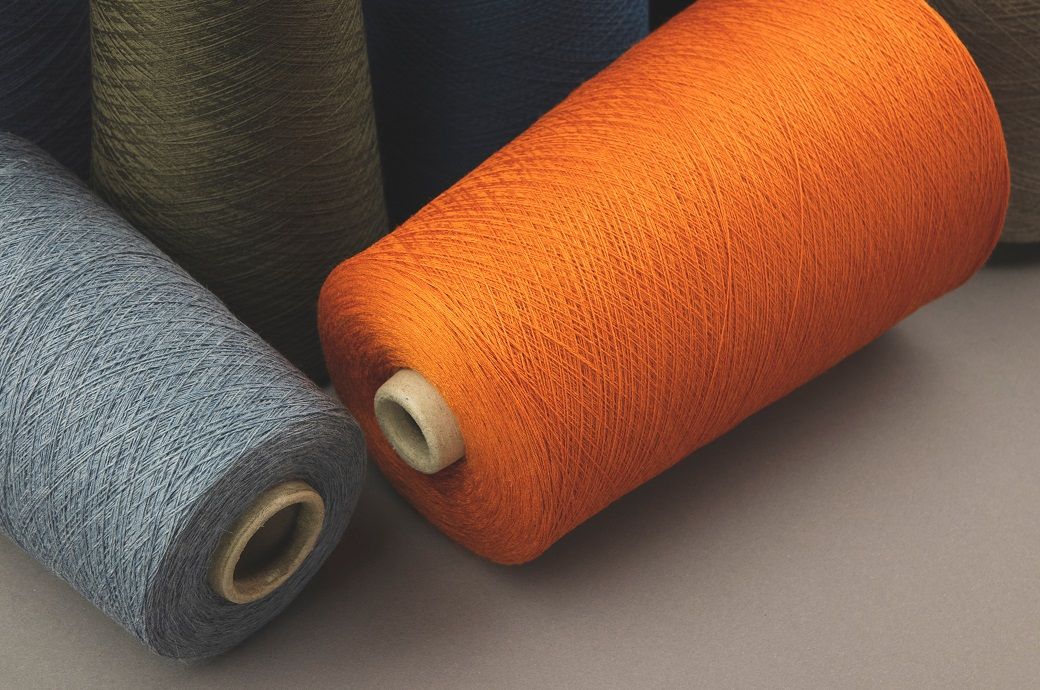
South India’s cotton yarn market stayed subdued, with prices steady in Mumbai and Tiruppur as summer demand arrived late.
Traders expect buying to improve in January, though cheaper polyester may divert some demand.
Spinning mills face pressure to offer deeper discounts.
Gujarat cotton prices climbed due to strong CCI procurement, tightening supply.
Source link
Fashion
How will FoC cap removal impact the Bangladesh RMG industry?
-

 Tech1 week ago
Tech1 week agoGet Your Steps In From Your Home Office With This Walking Pad—On Sale This Week
-

 Sports6 days ago
Sports6 days agoIndia Triumphs Over South Africa in First ODI Thanks to Kohli’s Heroics – SUCH TV
-

 Entertainment6 days ago
Entertainment6 days agoSadie Sink talks about the future of Max in ‘Stranger Things’
-

 Fashion6 days ago
Fashion6 days agoResults are in: US Black Friday store visits down, e-visits up, apparel shines
-

 Politics6 days ago
Politics6 days agoElon Musk reveals partner’s half-Indian roots, son’s middle name ‘Sekhar’
-

 Tech6 days ago
Tech6 days agoPrague’s City Center Sparkles, Buzzes, and Burns at the Signal Festival
-

 Sports6 days ago
Sports6 days agoBroncos secure thrilling OT victory over Commanders behind clutch performances
-

 Sports6 days ago
Sports6 days agoF1 set for final-race showdown as Verstappen exploits McLaren blunder | The Express Tribune


